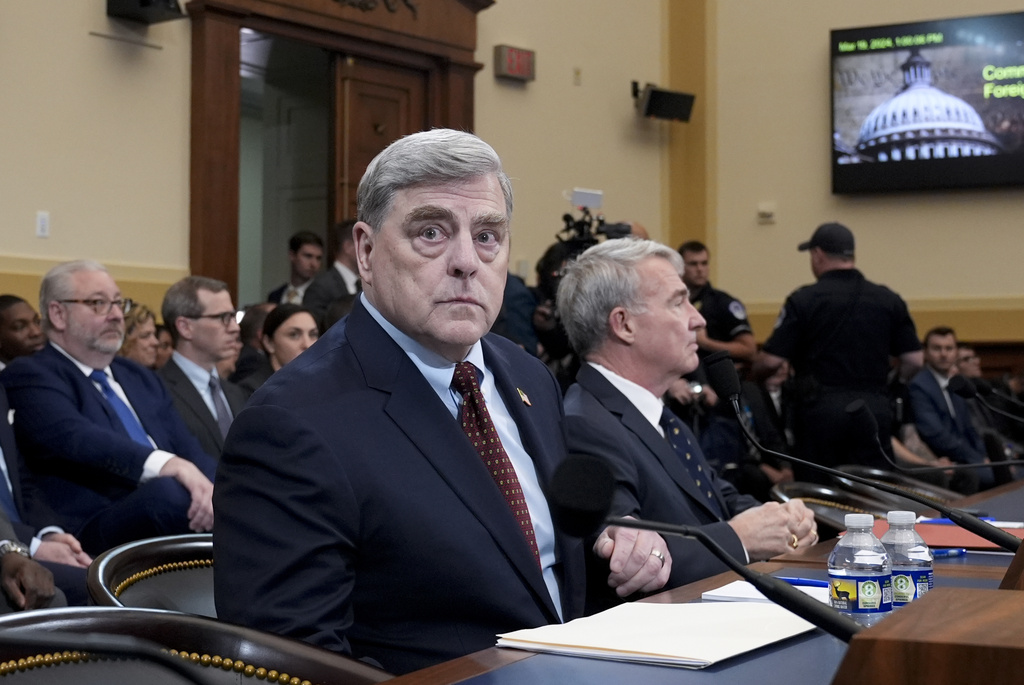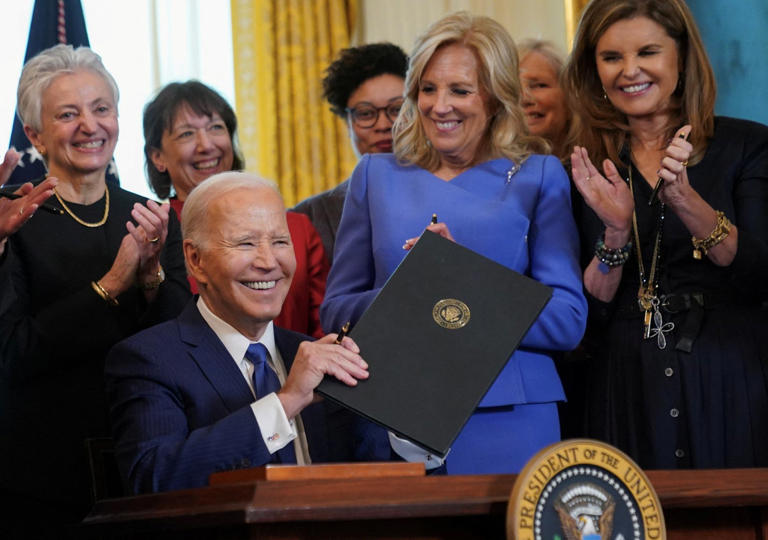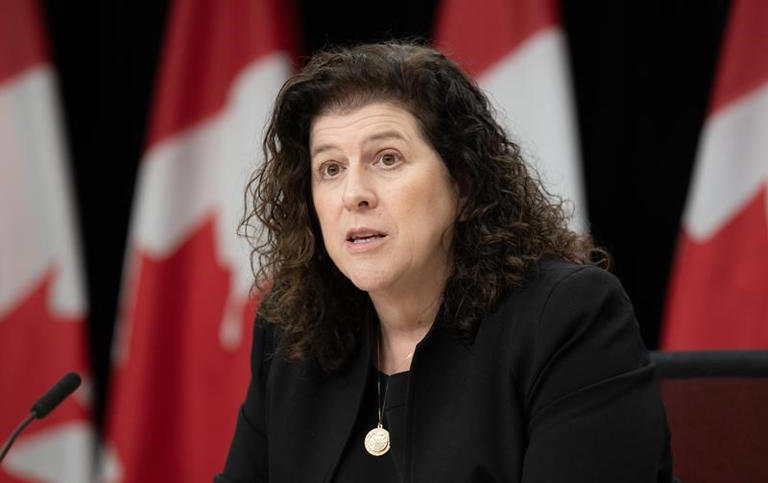MANITOBA
Teachers union executive weighs options after information leak
Manitoba Teachers’ Society executives have not ruled out an investigation to hold whistleblowers accountable for exposing employee concerns about the head office’s “toxic” environment, related departures and capacity to support members.
“I honestly can’t say at this point in time which direction things will take; we’ll have to see how things play out,” said president Nathan Martindale, who represents upwards of 16,600 public school teachers.
Martindale chairs the union’s provincial executive — a governing board made up of 13 elected teachers, all of whom received a letter earlier this month urging them to launch an “inquiry.”
Executives from eight locals signed a March 7 letter requesting provincial executive members probe how confidential information about MTS headquarters was leaked last month via social media and reporters.
The Free Press obtained the findings of a spring 2023 survey that yielded responses from 65 per cent of the support and clerical staff who run day-to-day operations for the society out of its Portage Avenue campus.
The poll found the majority of workers — members of Teamsters Local Union 979 — had a negative perception of the psychological health and safety of their office. There was also a notable absence of trust and confidence in the senior management team among respondents.
Nearly a dozen sources, including experienced staff members and representatives from the political side of the organization, have corroborated those results in separate interviews in recent weeks.
Insiders flagged concerns about the short-lived tenure of a human resources director who was investigating MTS employee concerns, the abrupt cancellation of a third-party probe into management and service-delivery levels.
More than 20 per cent of employees have gone on a leave of absence or left the organization permanently over the last year.
Martindale broke his silence on the situation Tuesday.
“We’ve heard the concerns. We’re working on solutions. We’re committed to making things better, and it’s going to take time but we’re going to do it,” he said, adding he appreciates local executives’ worries about confidential memos going “further than the intended audience.”
The union leader noted MTS is ensuring its workplace safety and health committee is meeting regularly “after a hiatus” and requiring employees to attend an introductory workshop on harassment prevention.
The former is required by law, but the society’s internal committee did not meet quarterly — the minimum standard for Manitoba offices with 20 or more employees — in 2023.
Martindale declined to provide any information about the status of the union’s operational management team, citing confidentiality surrounding personnel matters.
Interim executive director Roland Stankevicius, who came out of retirement when his successor went on leave late last year, will serve until Danielle Fullan Kolton returns or another leader takes her place on a permanent basis, he said.
The president did not disclose exactly when he first became aware of the Teamsters survey results, although he acknowledged they were presented to members in the fall.
“MTS, as an organization, and leadership, specifically, has been trying to solve problems and address problems for quite a while now,” he said, adding both political and operational leaders are committed to the time-intensive work required to rebuild trust.
Teamsters 979 president Paul Frias shared the poll results with members on Sept. 25.
In a followup bulletin, Frias said requests to meet with Fullan Kolton about the findings on “several occasions” were declined.
“Whistleblowers are often the people who are most committed to the missions of their organization and they’re usually the most devoted and most loyal and have a crisis of conscience, but they see no other option,” said Pamela Forward, president of the Whistleblowing Canada Research Society.
Forward said people who make disclosures about wrongdoing are often punished because of a “closed and defensive” culture that is commonplace in organizations and, in her view, working against managers.
“This whole thing about reputation and pretending that there’s no wrongdoing – ‘the error-free administration’ – this is what has deteriorated trust in organizations everywhere, including in government,” she said.
maggie.macintosh@freepress.mb.ca
Maggie Macintosh, Local Journalism Initiative Reporter, Winnipeg Free Press













